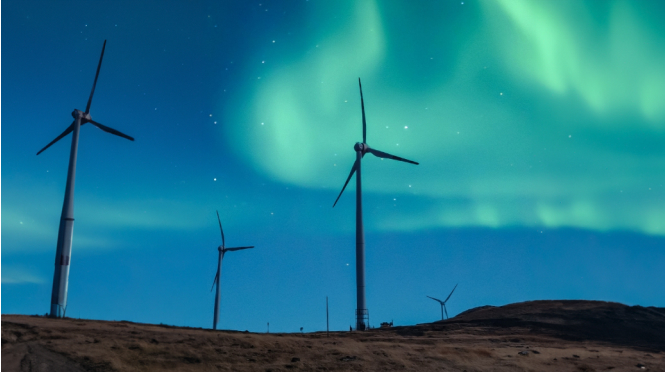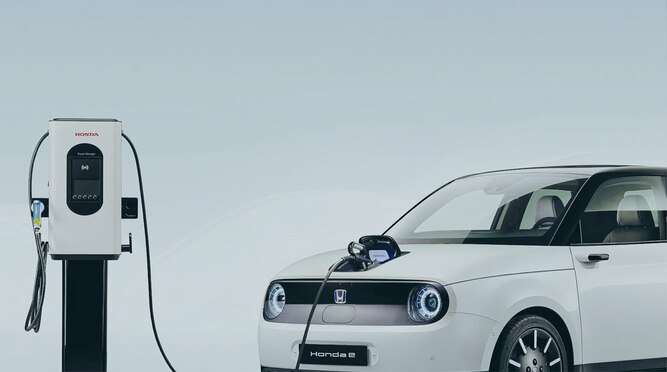Resource Circulation

Our Commitment to the Initiatives
Since its founding, Honda’s manufacturing processes have taken into consideration the need to reduce the consumption and disposal of limited global resources and ensure resources are used effectively.
Demand for resources continues to grow against a backdrop of global population growth and economic development, and the risk of resource depletion is expected to increase as more resources are consumed. In addition, resource extraction consumes a significant amount of energy. This mass-production and mass-consumption lifestyle is also recognized as a social issue, and a shift to a circular economy is required.
In response to these social issues, Honda is actively utilizing recycled resources while working to stabilize the procurement of materials, including important minerals. At the same time, we will contribute to the reduction of CO₂ emissions and energy consumption by researching advanced recycling technologies and promoting the establishment of a circular value chain, thereby contributing to a circular economy. We will continue our efforts to establish a circular economy.
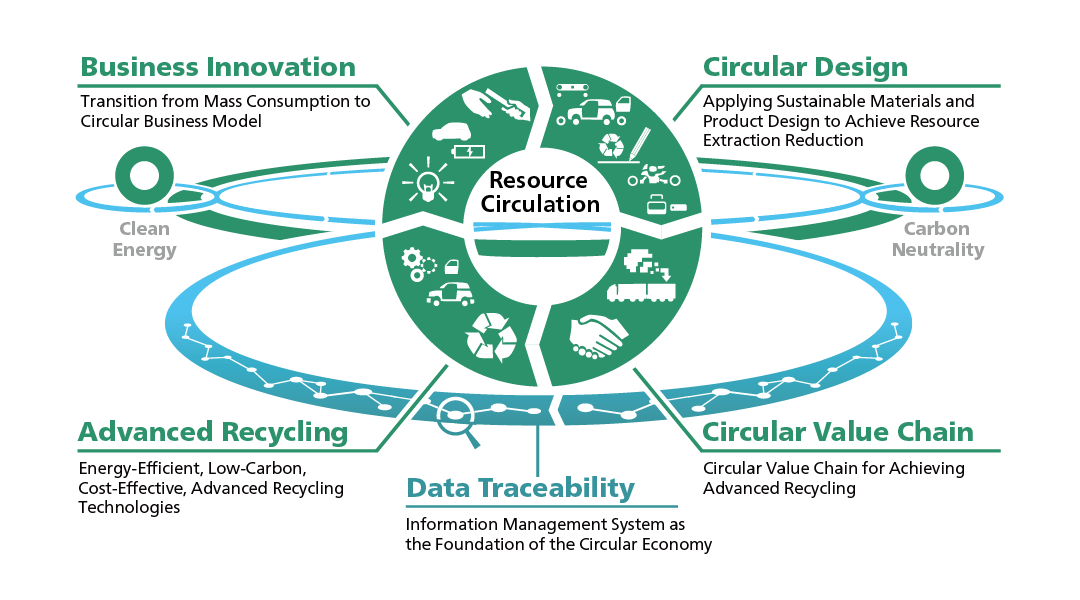
Honda’s Approach
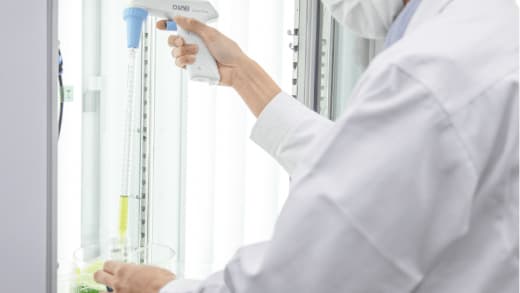
Honda believes that the increasing difficulty in obtaining rare metals and other resources, as well as their depletion, could pose a significant risk to the continuation of its business, as they would affect the procurement of materials and parts necessary for the production of its products. Therefore, the Company considers the efficient utilization of resources as one of the material issues.
To ensure harmonious coexistence on Earth, Honda will reduce its consumption of limited resources, including mining and disposal, and strive to shift to a recycling-based value chain. In addition to preparing for the risks of resource procurement and price hikes, the Company aims to enhance customer value, contribute to stakeholders, and create economic value. Aiming for zero environmental impacts related to resources and disposal across the various stages ranging from resource procurement to disposal, Honda is tackling this issue through cooperation/partnership with internal/external stakeholders.
Product-based Approach

Honda aims to achieve 100% use of sustainable resources (sustainable materials) with zero environmental impact by 2050 to free manufacturing from resource constraints and continue to provide mobility value to customers, and create new joys.
Throughout the product lifecycle, from resource procurement to product disposal, we are working toward a shift from mass consumption, in which products are disposed of immediately after use, to recycling, by developing products with designs that are easy to dismantle and replace, and by using our products and parts for secondary purposes. We are taking on the challenge of creating a system to reduce waste and recycle resources. In addition to actively utilizing recycled materials and ensuring the stability of our material procurement, Honda is also striving to establish a circular value chain that promotes advanced recycling practices. This includes forming a consortium for dismantling and optimizing the logistics of products and resources for high efficiency. To achieve this objective, we are actively partnering with other companies for further initiatives. We will also focus on building a traceability system that enables the visualization of lifecycle CO₂ emissions and facilitates the understanding of the state of deterioration of products and components that is necessary for the efficient use of resources.
Target to Achieve Zero Environmental Impact
| Target for 2030 | Target for 2050 | |||||
|---|---|---|---|---|---|---|
| Product resource circulation | Set internal milestones | Use of sustainable materials 100% |
||||
Corporate Activities Approach
Honda takes its environment initiatives very seriously. Considering the risks of resource depletion and environmental contamination caused by waste disposal, Honda aims to reduce the amount of waste disposal in all of its corporate activities by 14.5% by 2030. It also aims to reduce water intake by 14.5% by 2030, to combat supply and depletion risks.
Honda is stepping up its 3R (reduce/reuse/recycle) efforts, which include resource reduction initiatives, such as the reduction of by-products through an increase in throughput yields. Honda properly manages the import and export of waste deemed hazardous under the terms of the Basel Convention. In addition, Honda is striving to eliminate all use of ozone-depleting substances (ODS) at business sites in accordance with the Montreal Protocol and local laws and regulations in the countries in which it operates.
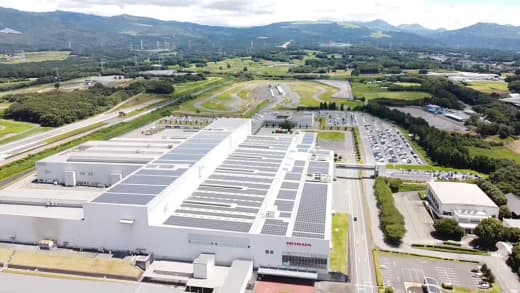
Target to Achieve Zero Environmental Impact
| Target for 2030 | Target for 2050 | |
|---|---|---|
|
Reduction rate of total waste generation in corporate activities (compared to BAU*) |
14.5% | Zero industrial waste |
|
Reduction rate of total water intake in corporate activities (compared to BAU*) |
14.5% | Zero industrial water intake |
BAU:Business as Usual
